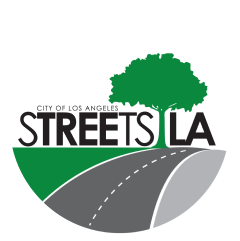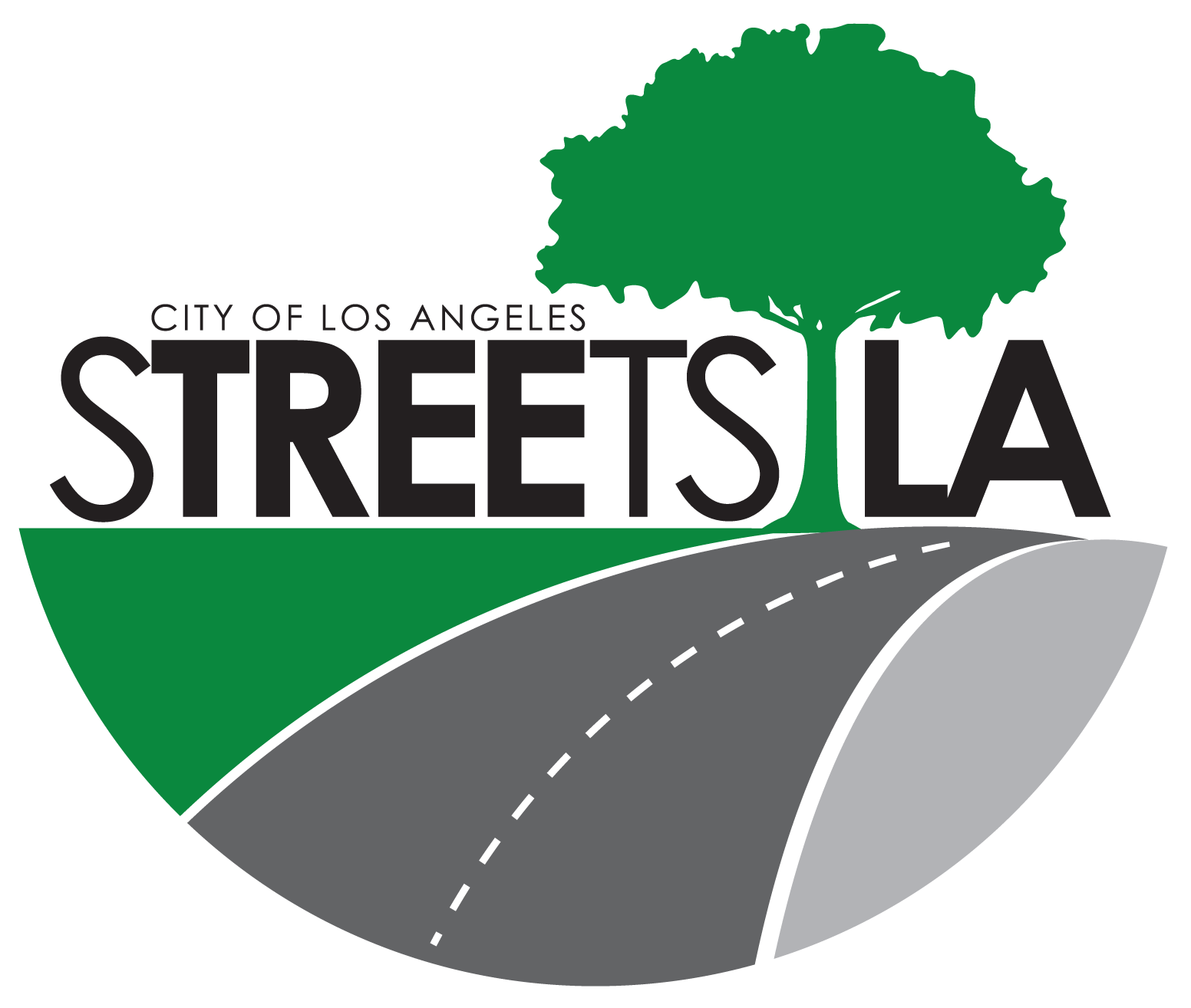When is my street going to be resurfaced? Play Video
Each year, the Bureau of Street Services develops an "Annual Resurfacing Program". However, not all of the projects, which are submitted annually, are funded for resurfacing within that year since budgets and funding sources for resurfacing varies from year to year. Additionally, the cost of repairing a street may increase for projects deferred in past years compounding the difficulty in forecasting how far resurfacing dollars will go. Some streets have been listed on previous resurfacing programs, but like many others, could not be scheduled before funding was depleted.
Why is my street not being paved when other streets in the neighborhood are being done? Play Video
The Bureau of Street Services attempts to pave as many streets as possible in a grid, provided adequate funding is available. Often other streets are placed on hold by utility companies, homeowners or private contractors. Some streets may not qualify for an available funding source or reconstruction cost prevents it from being paved at that time.
How are streets selected for resurfacing program? Play Video
To monitor, maintain, and manage the street network, the BSS relies on a "Pavement Preservation Program" and "Pavement Management System" to select streets for resurfacing based on eligibility criteria from available funding sources... The BSS's "Pavement Preservation Program" allows this selection process to be done in the most equitable, economical and efficient way possible.
Why are the same streets being paved over and over? Play Video
As part of normal maintenance 3-5 years after a street is resurfaced, a slurry seal application is applied to prevent water penetration into the asphalt. This inhibits oxidation of the oils from the pavement, deters asphalt cracking, prevents water from seeping into the sub-base, and extends the serviceable life of the street, thereby reducing the need for repaving.
What is the difference between resurfacing and slurry?
Resurfacing removes the top asphalt wearing surface to install new asphalt pavement. Slurry is a sealant applied at approximately 1/8th inch thickness as a preservative application.
What is a utility hold?
12-15 months in advance the "Annual Resurfacing Program" is submitted to over 200 utility companies for clearances to comply with the "Street Damage Restoration Fee Ordinance" (SDRF). This prohibits utility companies from excavating newly paved streets within one year. Utility companies are entitled to place projects on hold for short durations or over several years to install, maintain or improve existing services beneath the roadway.
Will the street be resurfaced after the utility hold has been lifted?
Unfortunately, when a street is placed on hold the funding is not deferred as with the project and new clearances and funding must be sought.
Why aren't the worst paved first? Play Video
80% of all resurfacing dollars are spent on normal resurfacing blankets and the other 20% on failed roadways. These dollars have to be spread over the entire 6500-mile street network system to save as many streets possible before they fail.


